Optimal Timing for Waterproofing Projects
Waterproofing is a crucial process to protect structures from water intrusion, which can cause damage, mold growth, and structural deterioration. The timing of waterproofing projects significantly impacts their effectiveness and longevity. Proper planning ensures that waterproofing materials adhere well and perform as intended.
Late spring and early fall are ideal for waterproofing, as temperatures are moderate and humidity levels are manageable, promoting better adhesion and curing of materials.
Waterproofing should be avoided during winter and peak summer months due to freezing temperatures and high heat, which can compromise material performance.
Dry, calm days with low wind and humidity levels are preferable to ensure proper application and curing of waterproofing products.
Ensuring surfaces are clean, dry, and free of debris prior to application is essential for optimal results, regardless of the season.

Ways to make Waterproofings work in tight or awkward layouts.

Popular materials for Waterproofings and why they hold up over time.
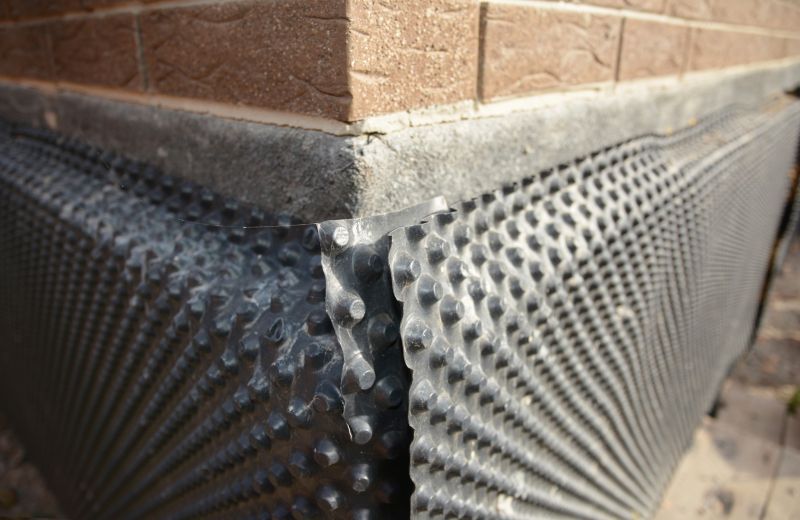
Simple add-ons that improve Waterproofings without blowing the budget.
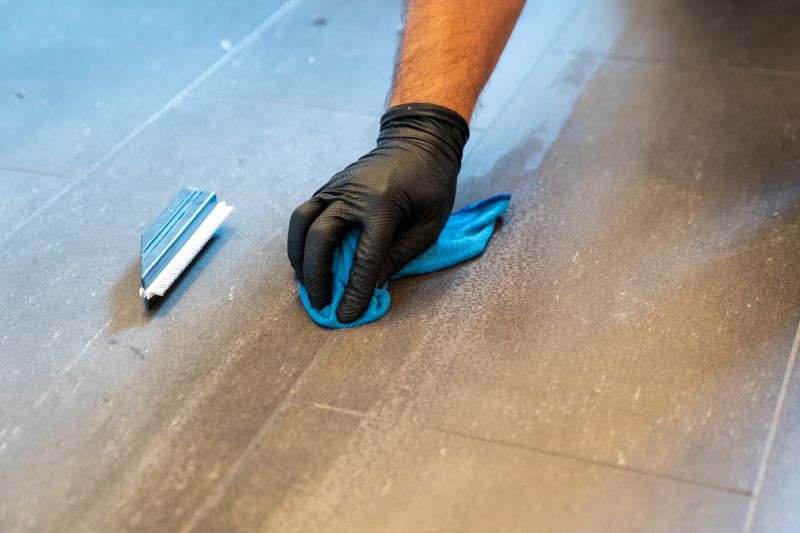
High-end options that actually feel worth it for Waterproofings.

Finishes and colors that play nicely with Waterproofings.
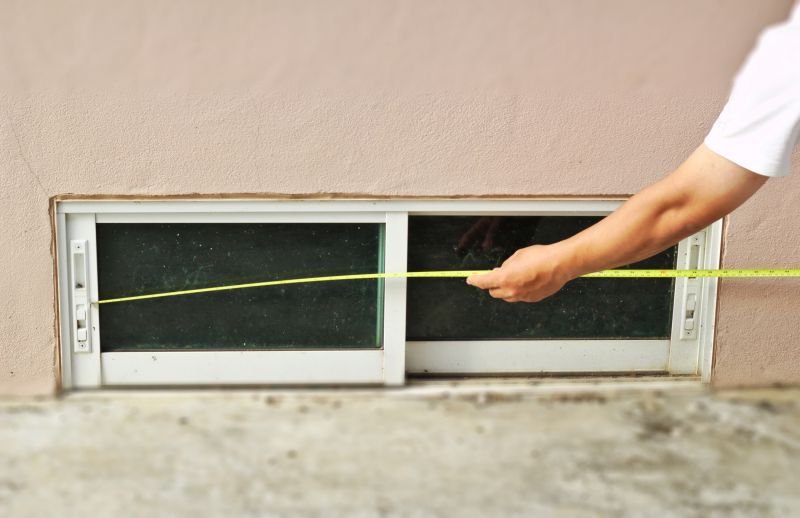
Little measurements that prevent headaches on Waterproofings day.
| Season | Advantages |
|---|---|
| Spring | Moderate temperatures and low humidity promote effective application. |
| Fall | Ideal for avoiding extreme cold or heat, ensuring proper curing. |
| Summer | Possible in early summer if weather conditions are stable. |
| Winter | Generally unsuitable due to freezing temperatures and snow. |
| Late Summer | High temperatures and humidity can compromise waterproofing. |
Waterproofings are essential for protecting foundations, roofs, basements, and other structural elements from water damage. Modern waterproofing materials include liquid membranes, sheet membranes, and sealants, each suited for different applications. Proper timing ensures these materials perform optimally, providing long-lasting protection against water intrusion.
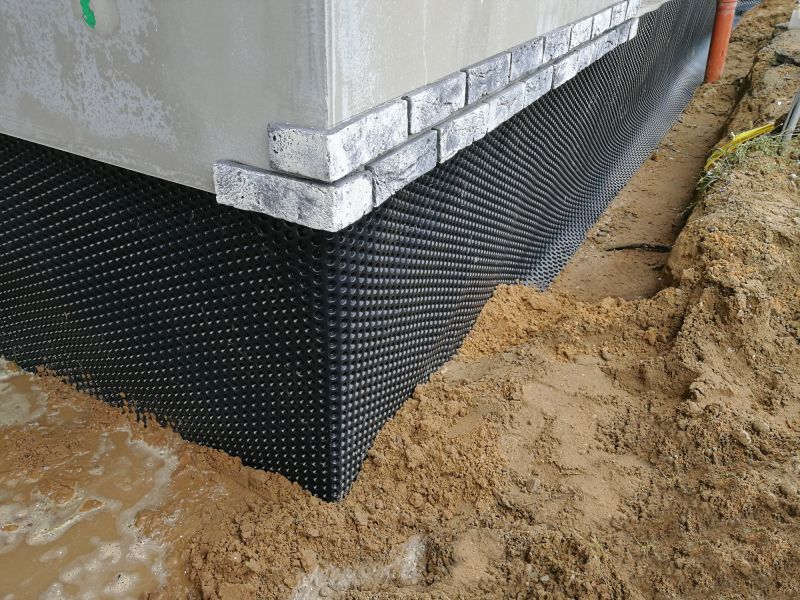
A 60-second routine that keeps Waterproofings looking new.
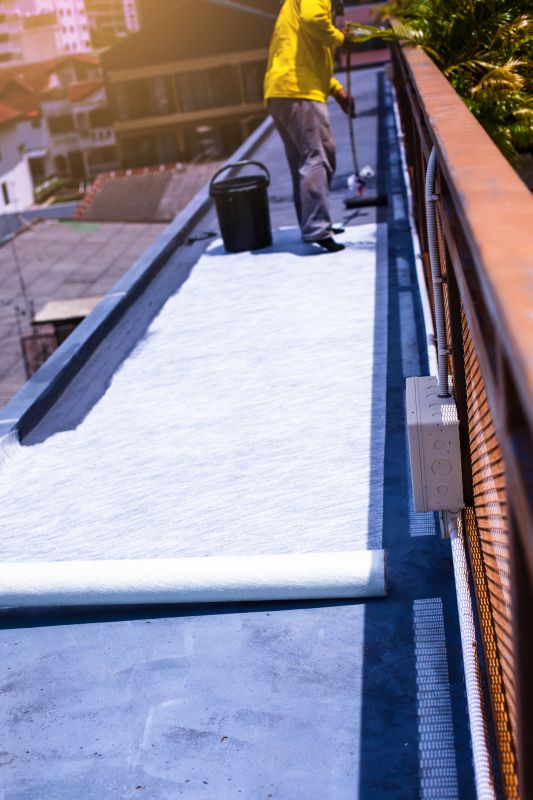
A frequent mistake in Waterproofings and how to dodge it.

Small tweaks to make Waterproofings safer and easier to use.

Lower-waste or water-saving choices for Waterproofings.

The short, realistic tool list for quality Waterproofings.

Rough timing from prep to clean-up for Waterproofings.

Quick checks and paperwork to keep after Waterproofings.

Examples that show the impact a good Waterproofings can make.
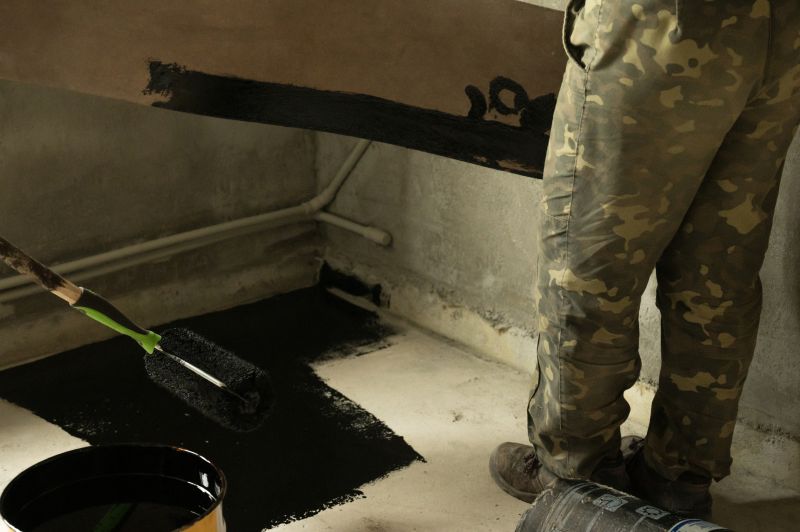
Ways to make Waterproofings work in tight or awkward layouts.

Ways to make Waterproofings work in tight or awkward layouts.
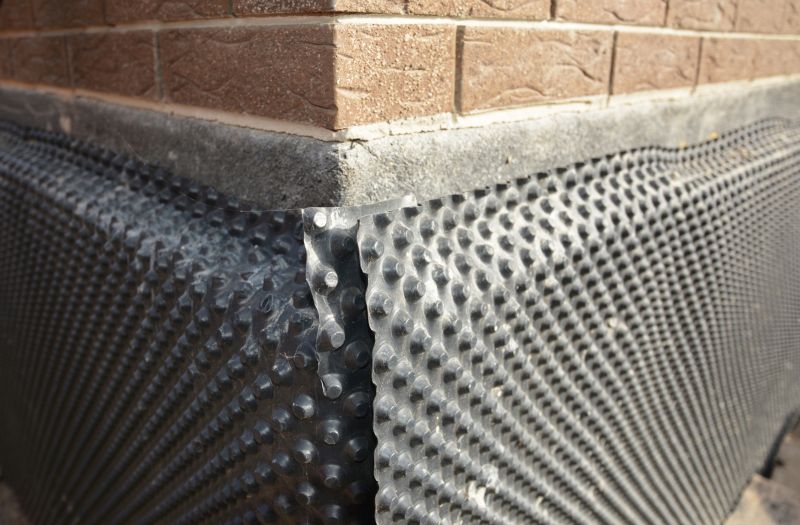
Ways to make Waterproofings work in tight or awkward layouts.
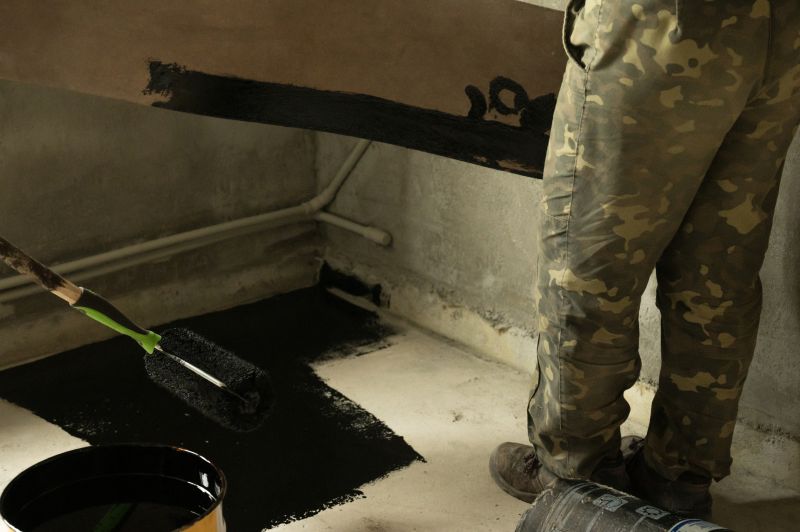
Ways to make Waterproofings work in tight or awkward layouts.
Selecting the right time for waterproofing depends on local climate conditions and project requirements. Consulting with waterproofing professionals can help determine the most suitable season for each specific application, ensuring maximum durability and effectiveness.
Interested in waterproofing services? Filling out the contact form can provide detailed information tailored to specific needs and project timelines.

